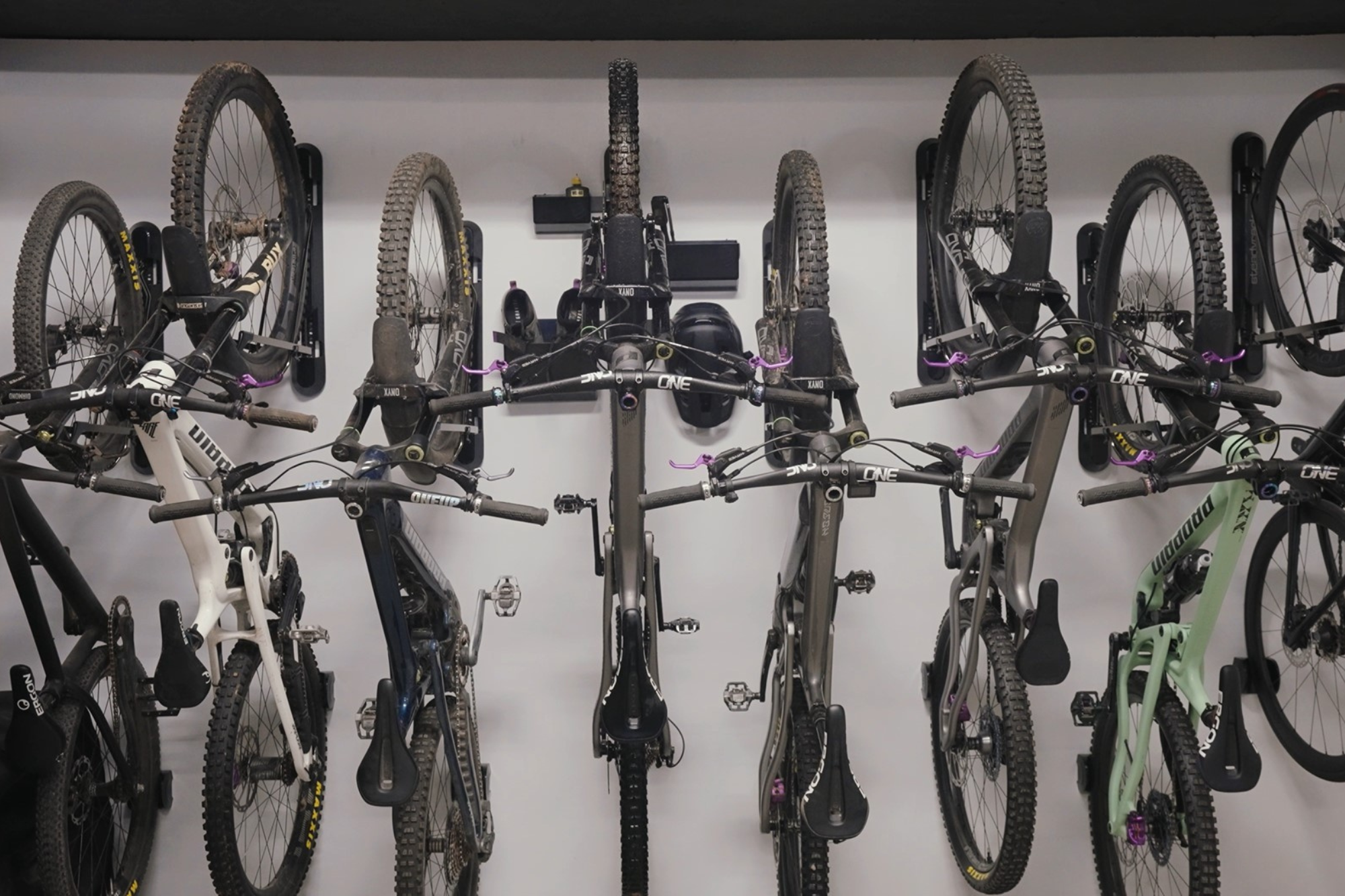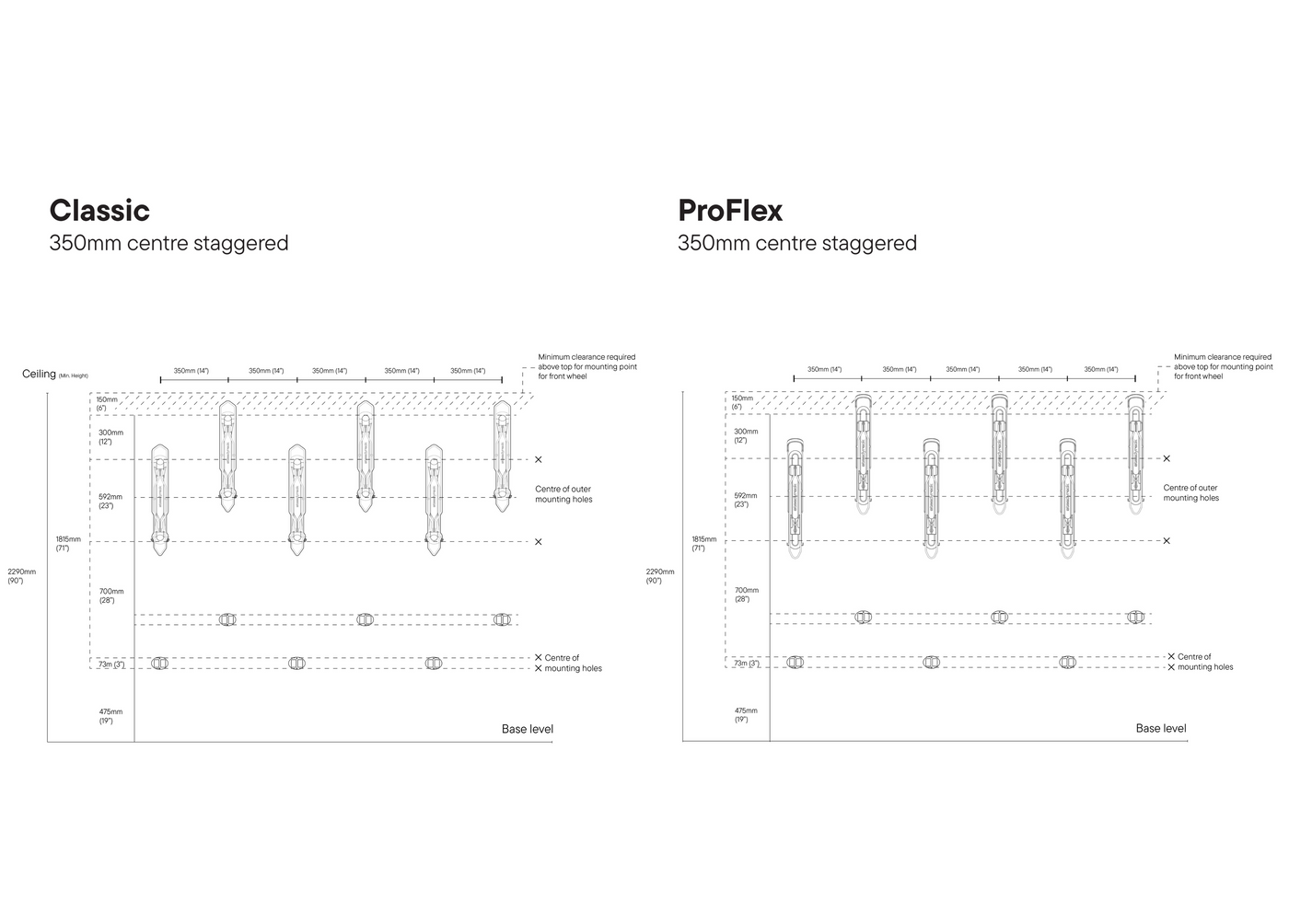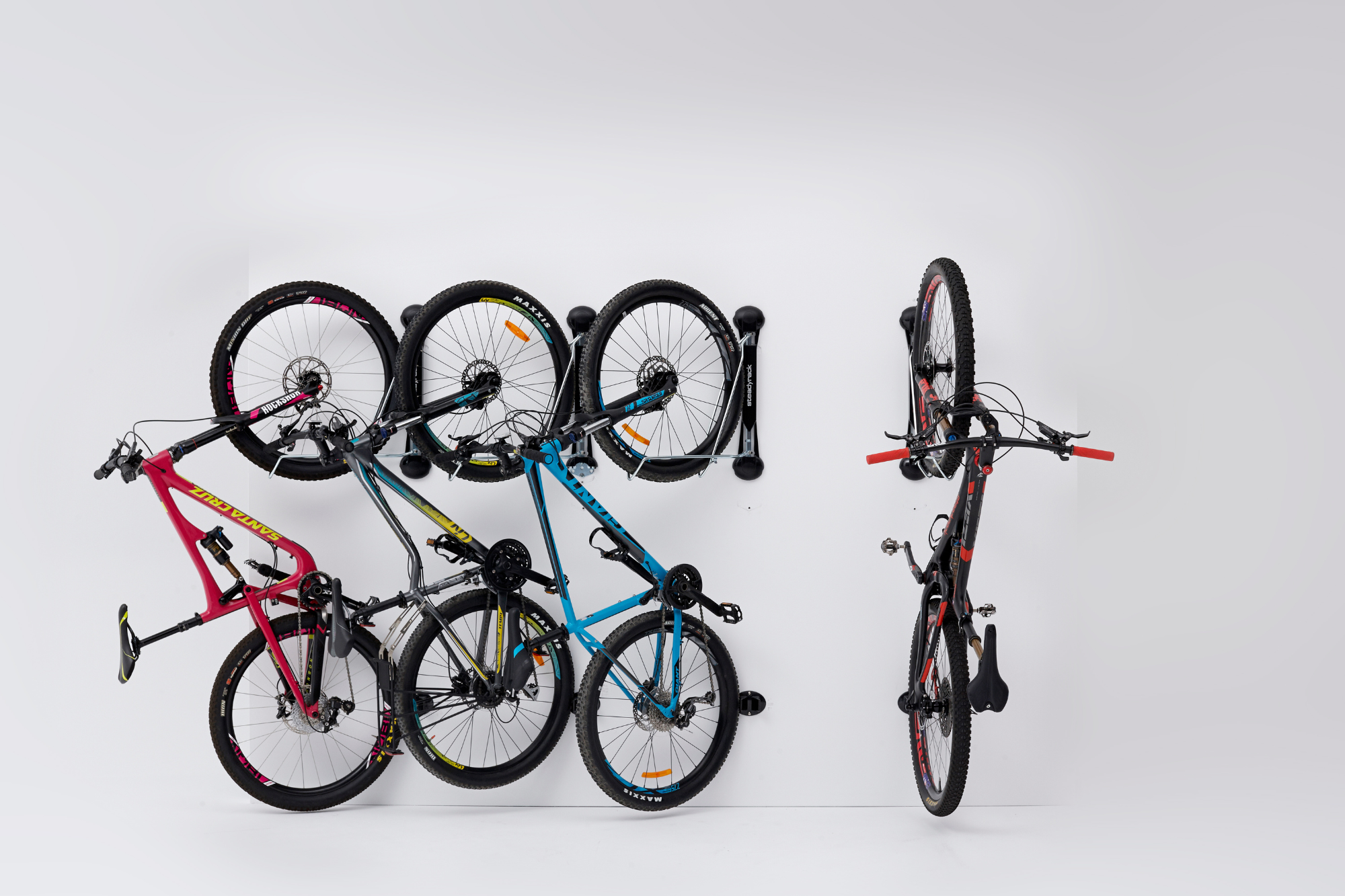This page will help you get your rack placement and spacings right for multiple bikes and multiple racks. You can install Steadyracks to suit each bike, optimize your storage space and apply the best heights for easy loading and unloading.
Remember, our Installation Guide covers ideal mounting heights to make installation easy.
Wall Placement Guide
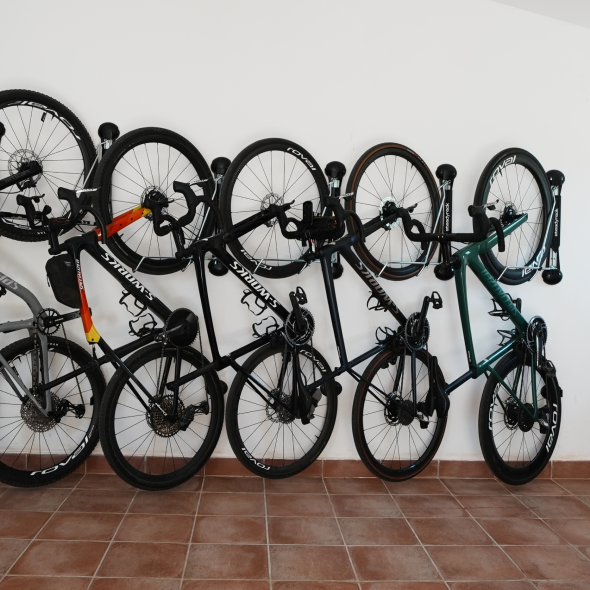
Based on maximum 600mm wide handlebars, leaving 300mm at each end.
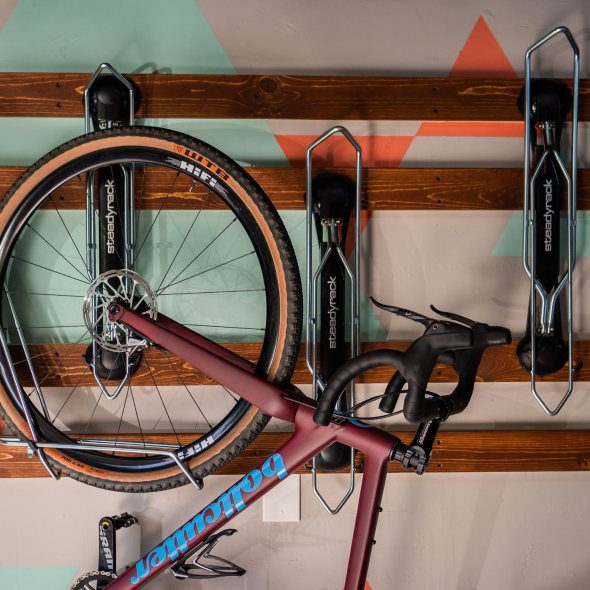
Based on maximum 600mm wide handlebars, leaving 300mm at each end.
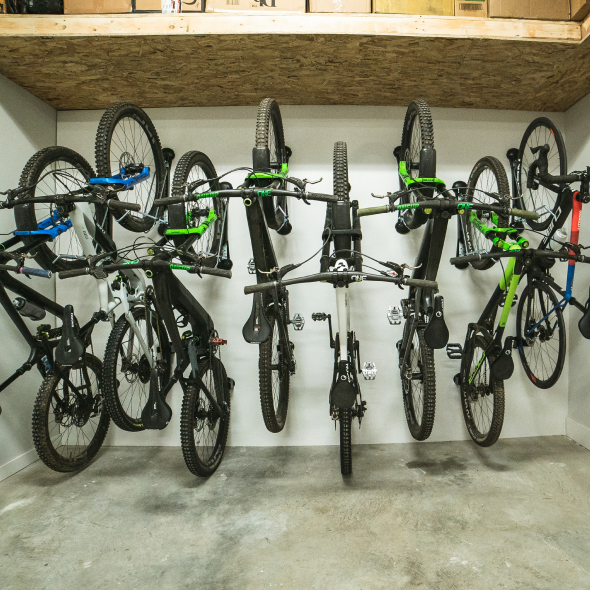
Based on 800mm wide handlebars, leaving 400mm at each end.
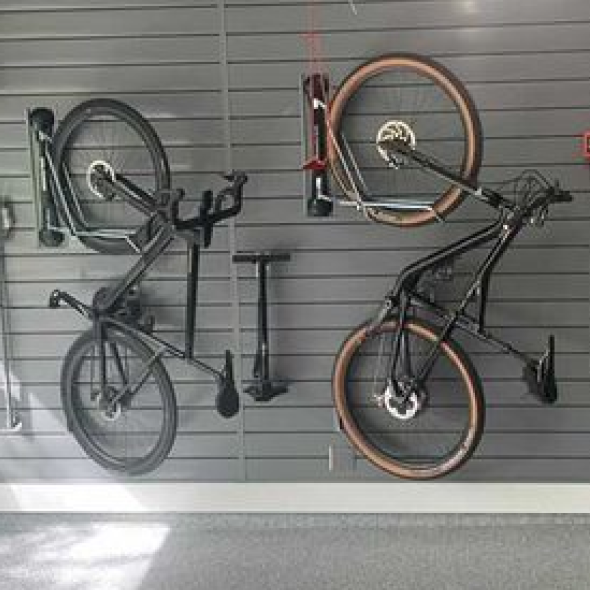
Based on the first rack being right up against the corner, and 1200mm from the last rack to the wall.



